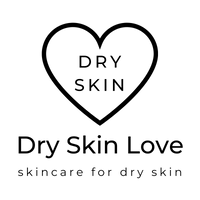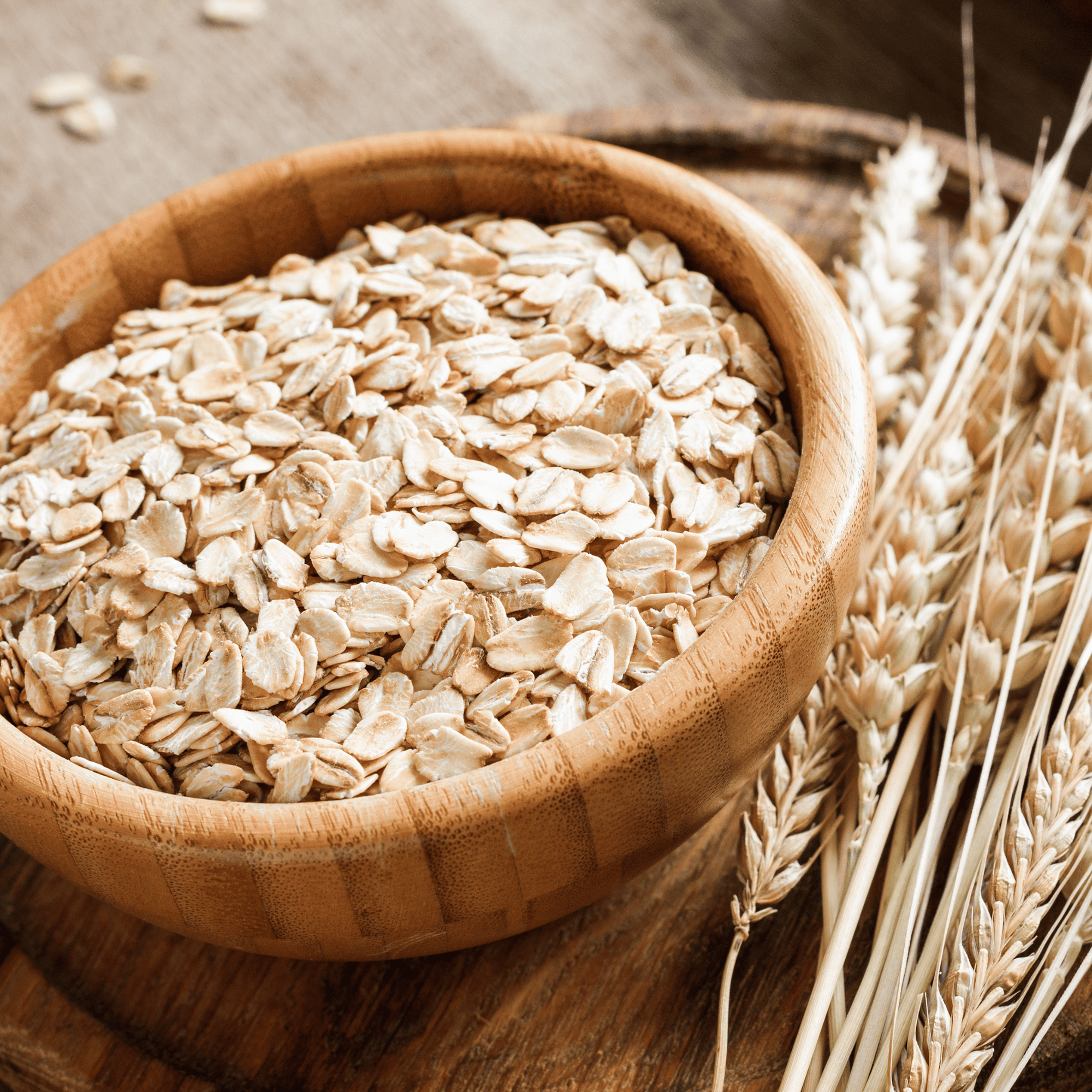Oat oil is made from the kernels of oats.
Oat oil is rich in nutrients, including essential fatty acids, vitamins and antioxidants, and has many benefits for your skin.
- What is oat oil?
- How is oat oil made?
- What does oat oil smell like?
- What color is oat oil?
- What does oat oil feel like?
- What is composition of oat oil?
- Summary
- References
What is oat oil?
Oat oil (Avena sativa), also known as oat kernel oil, is an oil derived from the kernels of oats.
Oat oil is packed with essential nutrients, including fatty acids, vitamins and antioxidants.
Oat oil is perfect for dry, flaky, sensitive, mature and delicate skin.

How is oat oil made?
Oat kernel oil is made from the kernels of oats.
Here is a general overview of the process used to produce oat kernel oil:
1. Harvesting: The first step in making oat kernel oil is the harvest of mature oat plants. Naked oats are preferred for oil extraction because they have a lower outer hull, making it easier to access the oat kernels.
2. Cleaning: After harvesting, the oats are thoroughly cleaned to remove any dirt, debris, or foreign materials. This is typically done using machines like grain cleaners and sifters.
3. Dehulling: While naked oats have reduced hulls compared to regular oats, they may still have some outer husks or hulls. These hulls need to be removed to access the oat kernels. Dehulling can be achieved through mechanical processes, such as using a dehulling machine.
4. Flaking: Once the oat kernels are exposed, they are typically flattened or rolled into flakes. This process involves passing the kernels through rollers to create oat flakes. Flaking increases the surface area, making it easier to extract oil from the oat kernels.
5. Oil Extraction: The oat flakes are then subjected to an oil extraction process, typically using mechanical pressing or solvent extraction methods. Mechanical pressing involves applying pressure to the flakes to squeeze out the oil. Solvent extraction uses chemical solvents to dissolve the oil, which is then separated from the solvent.
6. Filtering: The extracted oat kernel oil may contain impurities or solid particles. To produce a clean and clear oil, it is usually filtered to remove any remaining solids and impurities.
7. Refining (optional): Depending on the desired quality and purity of the oat kernel oil, additional refining steps may be performed. This can include processes like degumming, neutralization, and deodorization to improve the oil's taste, smell, and shelf life.
It's important to note that the specific details of the oat kernel oil production process can vary depending on the manufacturer and the desired end product.

What does oat oil smell like?
Oat oil has a characteristic oat-like aroma.

What color is oat oil?
The color of oat oil depends on how the oil is processed and how the finished oil is refined.
Cold-pressed, unrefined oat oil is a pale yellow to golden grown color.

What does oat oil feel like?
Oat oil has a light to medium consistency that is typical of most carrier oils.
Oat oil absorbs into skin slowly and has a very rich feel, like liquid silk.

What is composition of oat oil?
Oat oil is packed with essential nutrients, including fatty acids, vitamins and antioxidants.
The typical oat lipid composition is:
- 51% triacylglycerols
- 6 - 26% phospholipids
- 8% of glycolipids
- 7% free fatty acids
- 3% sterols
- 3% sterile esters
(Sahasrabudhe et al, 1979; Zhou et al, 1999)
Fatty acids in oat oil
Oat oil is composed of fatty acids:
- 35 - 47% oleic acid C18:1 (n-9)
- 30 - 47% linoleic acid C18:2 (n-6)
- 10 - 20% palmitic acid C16:0
- 1 - 4% stearic acid C18:0
- 1 - 3% alpha-linolenic acid C18:3 (n-3)
Oleic acid
Oat oil contains ~47% oleic acid, an omega 9 fatty acid found naturally in your skin barrier.
Oleic acid has many benefits for dry skin when applied topically. It is quickly absorbed and softens dry skin.
Oleic acid has anti-inflammatory properties (Santa-Maria et al, 2023), which can help calm and soothe irritated or inflamed skin.
Linoleic acid
Oat oil contains ~47% linoleic acid, the major essential n-6 fatty acid found naturally in our skin.
Linoleic acid has many benefits for your skin when applied topically. It softens your skin and strengthens your skin barrier. Linoleic acid is a precursor for ceramides, which are bioactive lipids that play a role in keeping our skin barrier firm, smooth and healthy.
Learn more: What is Linoleic Acid? Omega 6 Essential Fatty Acid for Dry Skin
Palmitic acid
Oat oil contains 20% palmitic acid, a saturated fatty acid found naturally in your skin barrier.
Palmitic acid is a rich emollient as well as an occlusive agent, meaning it locks moisture into your skin rather than letting it evaporate.
As you age, your skin barrier makes less palmitic acid (Kim et al, 2010).
Vitamin E in oat oil
Oat oil has been shown to contain vitamin E tocopherols and tocotrienols (Panfili et al, 2003; Musa et al, 2006; Tong et al, 2013; Górnaś et al, 2016).
Oat oil is a source of tocopherols and has been shown to contain:
- 0.015 - 0.157 mg/g alpha-tocopherol
- 0.003 - 0.119 mg/g beta-tocopherol
- 0.004 - 0.107 mg/g gamma-tocopherol
Oat oil is a good source of tocotrienols and has been shown to contain:
- 0.056 - 0.346 mg/g alpha-tocotrienol
- 0.005 - 0.041 mg/g beta-tocotrienol
- 0.006 mg/g gamma-tocotrienol
Learn more: Vitamin E for Skin
Summary
Oat oil is made from the kernels of oats.
Oat oil is packed with essential nutrients, including fatty acids, vitamins and antioxidants.
Oat oil is perfect for dry, flaky, sensitive, mature and delicate skin.

References
Banaś K, Harasym J. Current knowledge of content and composition of oat oil—Future perspectives of oat as oil source. Food and Bioprocess Technology. 2021 Feb;14:232-47.
Brindzová, L., Čertík, M., Rapta, P., Zalibera, M., Mikulajová, A., & Takácsová, M. (2008). Antioxidant activity, β-glucan and lipid contents of oat varieties. Czech Journal of Food Sciences, 26(3), 163–173.
Górnaś P, Rudzińska M, Raczyk M, Soliven A. Lipophilic bioactive compounds in the oils recovered from cereal by-products. J Sci Food Agric. 2016 Jul;96(9):3256-65.
Kim EJ, Kim MK, Jin XJ, Oh JH, Kim JE, Chung JH. Skin aging and photoaging alter fatty acids composition, including 11,14,17-eicosatrienoic acid, in the epidermis of human skin. J Korean Med Sci. 2010 Jun;25(6):980-3.
Musa Ozcan M, Ozkan G, Topal A. Characteristics of grains and oils of four different oats (Avena sativa L.) cultivars growing in Turkey. Int J Food Sci Nutr. 2006 Aug-Sep;57(5-6):345-52.
Panfili, Gianfranco; Fratianni, Alessandra; Irano, Mario (2003). Normal Phase High-Performance Liquid Chromatography Method for the Determination of Tocopherols and Tocotrienols in Cereals. Journal of Agricultural and Food Chemistry, 51(14), 3940–3944.
Redaelli, R.; Dimberg, L.; Germeier, C. U.; Berardo, N.; Locatelli, S.; Guerrini, L. Variability of Tocopherols, Tocotrienols and Avenanthramides Contents in European Oat Germplasm. Euphytica 2016, 207 (2), 273– 292.
Sahasrabudhe, M. R. (1979). Lipid composition of oats (Avena sativa L.). Journal of the American Oil Chemists' Society, 56(2), 80–84.
Santa-María C, López-Enríquez S, Montserrat-de la Paz S, Geniz I, Reyes-Quiroz ME, Moreno M, Palomares F, Sobrino F, Alba G. Update on Anti-Inflammatory Molecular Mechanisms Induced by Oleic Acid. Nutrients. 2023 Jan 1;15(1):224.
Tong, Li-Tao; Zhong, Kui; Liu, Liya; Guo, Lina; Cao, Li; Zhou, Sumei (2014). Oat oil lowers the plasma and liver cholesterol concentrations by promoting the excretion of faecal lipids in hypercholesterolemic rats. Food Chemistry, 142, 129–134.
Youngs, V. L., Püskülcü, M., & Smith, R. R. (1977). Oat lipids. I. Composition and distribution of lipid components in two oat cultivars. Cereal Chemistry.
Zhou, M., Robards, K., Glennie-Holmes, M., & Helliwell, S. (1999). Oat lipids. JAOCS, Journal of the American Oil Chemists’ Society, 76(2), 159–169.
Author Information

Dr. Natasha Ryz is a scientist, skin care expert and an entrepreneur. She is the founder of Dry Skin Love Skincare, and she creates skincare products for beauty, dry skin and pain relief.
Dr. Ryz has a PhD in Experimental Medicine from the University of British Columbia in Vancouver, and she is a Vanier scholar. She also holds a Master of Science degree and a Bachelor of Science degree from the University of Manitoba in Winnipeg.
Natasha is the former Chief Science Officer of Zenabis Global, and she oversaw extraction, analytics, and product development. Her team brought 20 products to market including oils, sprays, vapes and softgels.
Why I Started A Skincare Company



